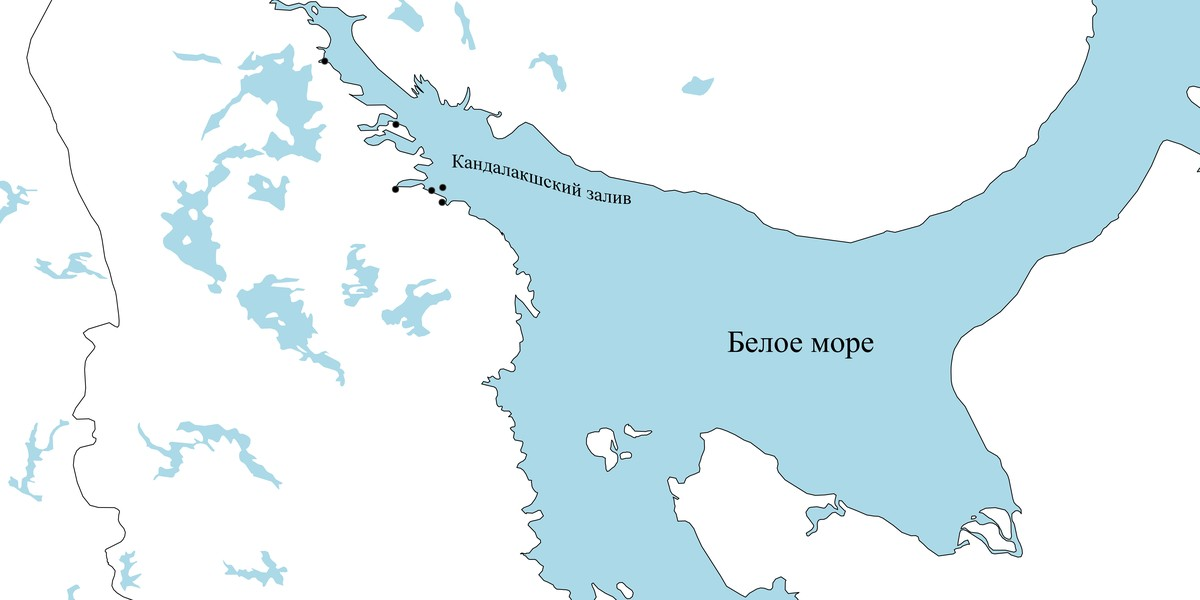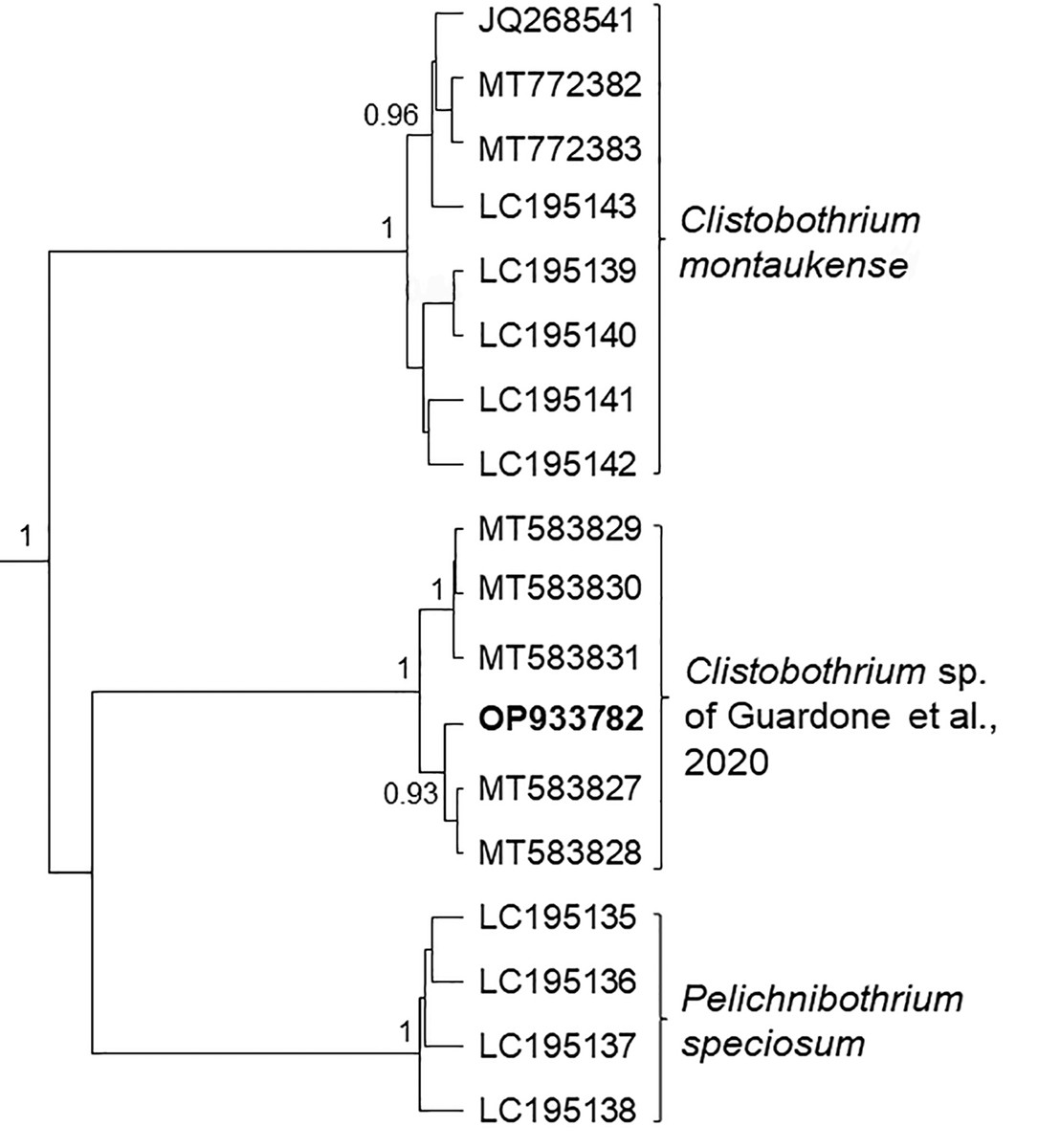
The introduction of animals or plants into new geographic regions has unpredictable parasitological consequences, and can lead to an increase or decrease in parasitic load on local species, or have a relatively neutral status. Parasitological monitoring of introduced species is important for assessing their ecological role in new ecosystems. In this study, scientists from the A.N. Severtsov Institute of Ecology and Evolution RAS, the Institute of General Genetics of the Russian Academy of Sciences, the Institute of Biology of the Karelian Research Center of the Russian Academy of Sciences and Petrozavodsk State University focused on the analysis of the parasitic fauna of pink salmon spawning in the rivers of the White Sea and feeding in the North Atlantic and the western seas of the Arctic Ocean. The historical range of pink salmon covers the North Pacific Ocean, the eastern seas of the Arctic Ocean and the rivers of their basins. In the northern latitudes of Europe, pink salmon appeared thanks to a program of targeted introduction, the active phase of which occurred in the years 1950-1980.
Scientists assessed the species composition and abundance of parasites in pink salmon caught in July 2021 in Kandalaksha Gulf of the White Sea, and compared these data with results obtained by other authors in the 1960s, 1990s and early 2000s. A number of species have been identified using molecular data. Over the 60 years that have passed since the first studies of the parasitic fauna of introduced pink salmon, only three species have constantly maintained dominant positions in numbers - adult trematodes Brachyphallus crenatus, Lecithaster salmonis, and larvae of tetraphyllid cestodes. The abundance of other parasites, with the exception of larvae of nematodes of the genus Anisakis, is variable without clear trends. Anisakis has a noticeable increase in abundance in White Sea pink salmon in 2021 compared to the period of the 1990s – early 2000s. In general, the species composition of parasites of introduced pink salmon indicates that the host uses the same range of food items as in its native range.
The materials were published in the article Sokolov, S., Ieshko, E., Gordeeva, N. Gorbach V.V., Parshukov A.N. (2024) Parasites of invasive pink salmon, Oncorhynchus gorbuscha (Walbaum, 1792) (Actinopterygii: Salmonidae), in the Kandalaksha Bay of the White Sea. Polar Biology 47, 101–113. https://doi.org/10.1007/s00300-023-03214-9; Q1

